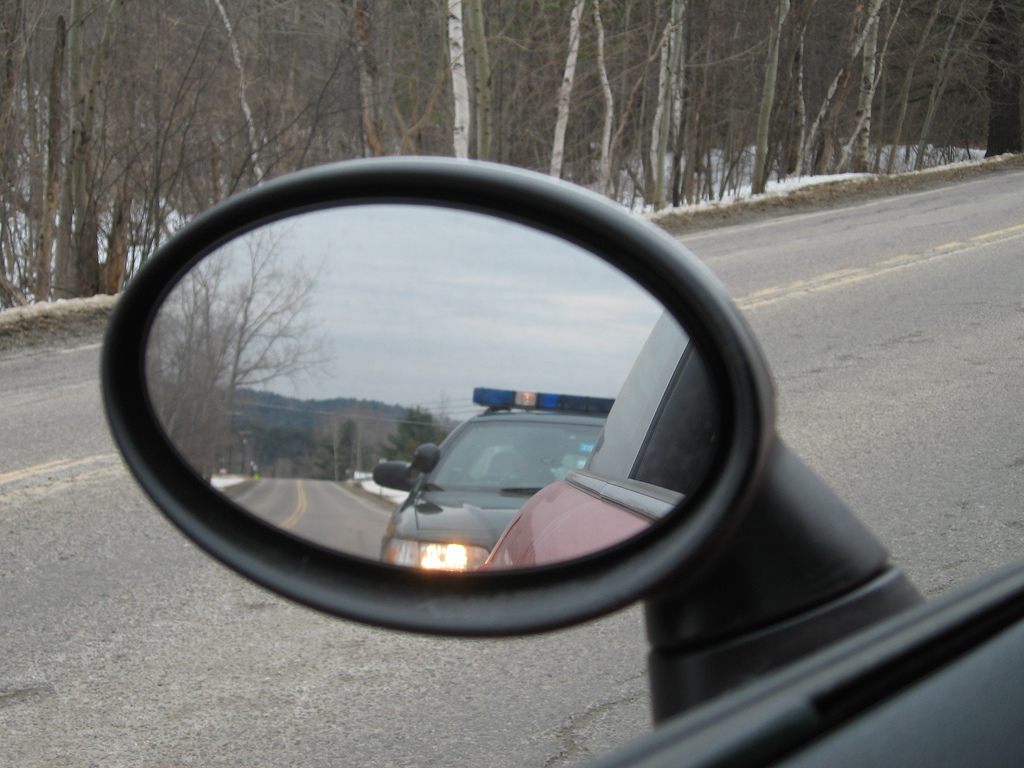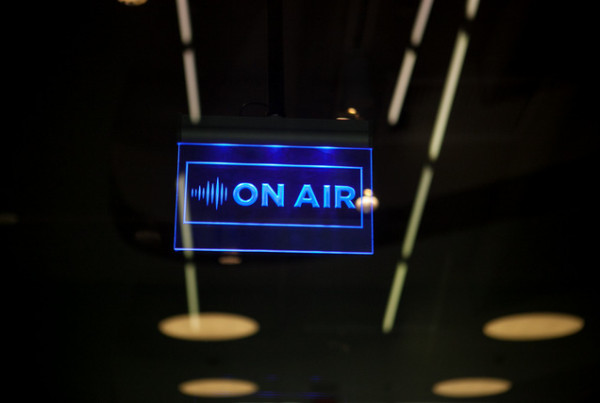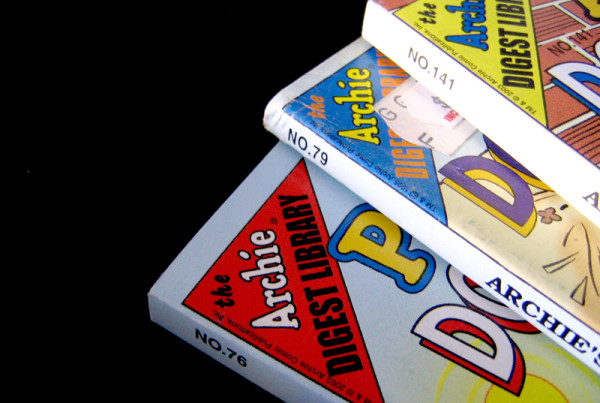You’re driving down a four lane road through a small East Texas town. You look in your rearview mirror and that’s when you see it – a black and white Crown Vic with lights on top. Your mind starts racing. You look at the speedometer.
“40mph, is that speeding? I’m not sure… I think I’m driving as fast as everyone else. Maybe he’s not following me. Maybe he’s just trying to get around me.”
You drift into the right lane to let him pass you, and then he switches lanes too. He moves in right behind you. “Did I use my turn signal when I changed lanes?” You look down to make sure your seat belt is strapped on and before you can look back up — BAM! The lights start flashing. You pull over. Now what?
That scene is all-too-familiar for most drivers, but what does that encounter feel like from the other side — the officer’s perspective?
Jerry Staton teaches law enforcement tactics and is a former officer himself with 25 years of experience. Staton says that just like the motorist being pulled over, officers have a certain set of expectations when a traffic stop is initiated.
1. Move slowly, if at all.
“A police officer making a stop has no idea who he’s stopping… it could be Joe Citizen, it could be he just robbed a bank or killed somebody,” he says. “The primary expectation is just don’t do anything real fast, like you’re trying to be hiding something… or obtaining something. Really quick, really fast movements — those are the things that’ll make a police officer nervous.”
2. Keep the officer’s safety in mind.
Staton says there are subtle clues that a well-trained officer can pick up on that gives them an idea of how the traffic stop is going to go. “You’re looking for some basic things before you even get to whether they get out of the car or not,” he says. “You’re looking for them to pull over where it’s safe… You’re looking for the car to be put into Park… that flash of the back-up lights and then the brake lights to go off,” Staton says. These little conveniences are “not mandatory” according to Staton, “[but] you’re looking for little things like that.”
3. Wait for the officer to initiate contact.
How about getting out of the vehicle voluntarily to, say, get your wallet out of your back pocket. Is that okay? “There are officers who want the person they’ve stopped out of the car,” Staton says. “But most officers would prefer that the person in the car wait to be given direction.”
“My best advice — and not legal advice, just my best advice — is sit there calmly and wait for the police officer to make the initial contact,” he says. “If he wants you out of the car, he’ll ask you to get out. If he wants you to remain in the car and you’re starting to get out, he will say that.”
4. Only assert your rights in a civil manner.
Much of the contention over traffic stops comes from a disagreement over what rights drivers have versus what are safe ways to exercise those rights without escalating the situation. What does it mean to have a right if you can’t assert it? “Most people have some idea of what their rights are,” Staton says. “If you’re making a traffic stop as a police officer and you have someone who says ‘Hey, you can’t tell me to do that’, there’s a whole different way that can be done.”
“If you remain civil and you remain somewhat respectful, most of the time you’re going to get that in return,” he says. “I’m not saying there aren’t exceptions, but I would say the majority of people don’t actually know as well as they think they do, and the street is not the place to assert that strongly and make an argument or a confrontation out of it,” Staton says. “But that goes for both sides.”
“In a perfect world, everybody would be polite and respectful,” Staton adds. “But we don’t live in a perfect world.”














